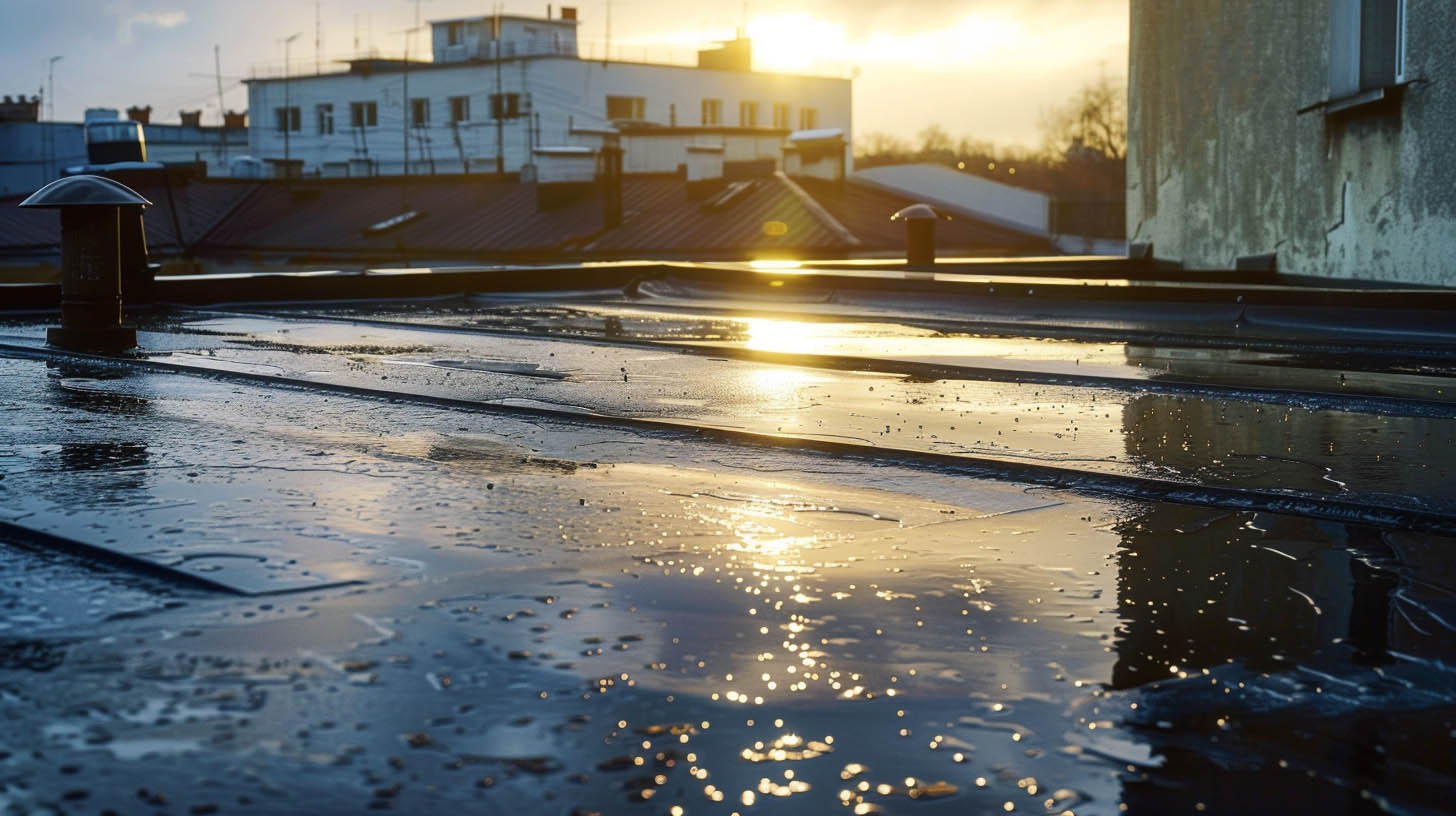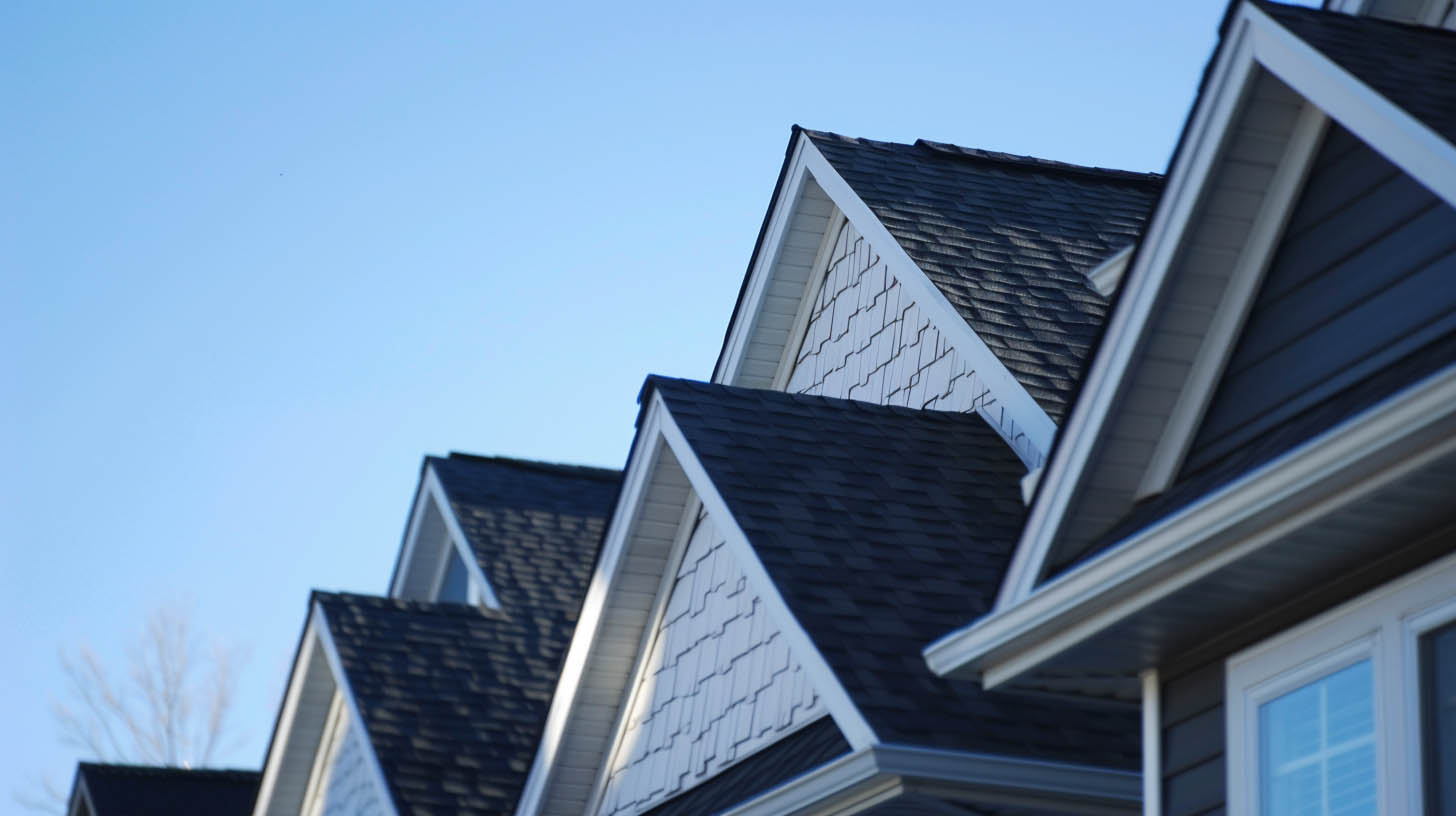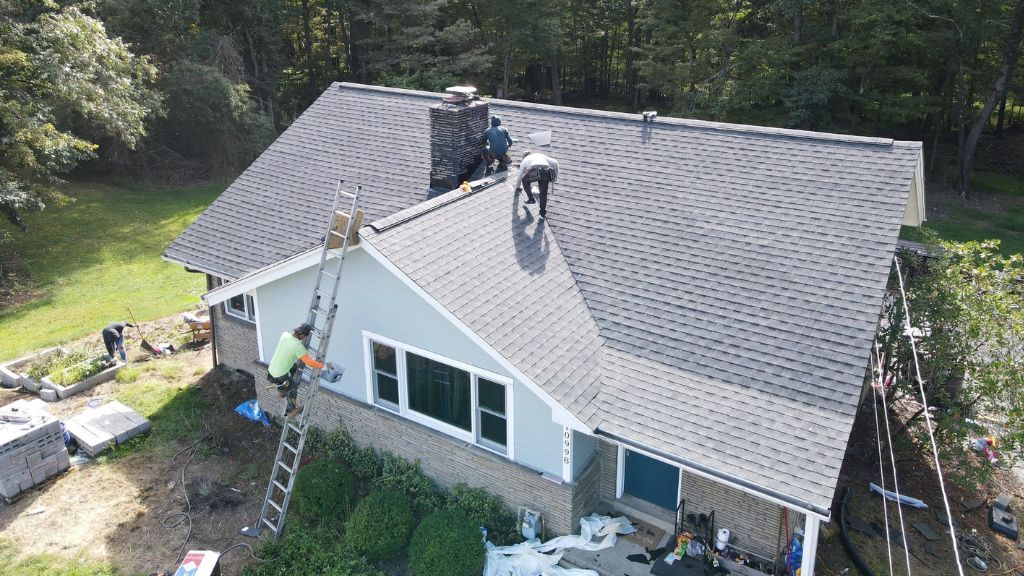
How Often Should Your Roof Be Replaced? This is a question that plagues homeowners and building owners daily, weekly, and yearly. Your roof is a protective shield against the elements, safeguarding your property and everything within it. Yet, even the sturdiest of roof systems will require replacement, eventually.
Understanding the ideal frequency for roof replacements is essential for ensuring the longevity, safety, and overall integrity of your home or building. In this article, we will delve into the factors that influence a roof’s lifespan, signs that indicate it’s time for a replacement, and expert recommendations to help you make informed decisions about your roofing needs.
Let’s dive in and uncover the secrets behind roof replacement frequency!
How Often Should Your Roof Be Replaced?
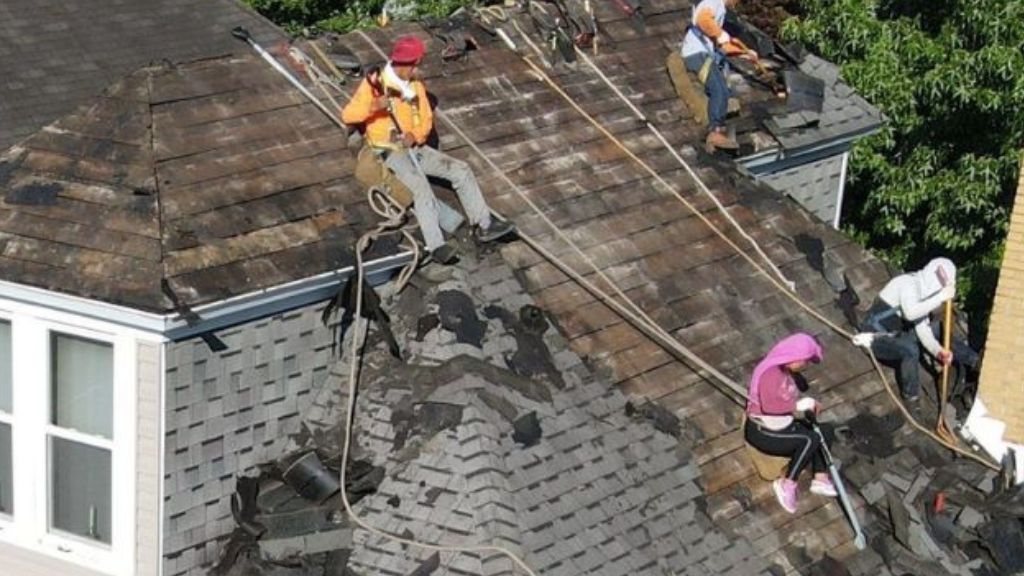
Typically, the following replacement guidelines are advised based on the roofing material utilized:
- Asphalt Shingles: On average, asphalt shingles can last between 15-30 years before needing to be replaced.
- Composition Shingles: Usually, these shingles have a lifespan of 12-20 years before requiring replacement.
- Metal Roofs: Metal roofs are renowned for their longevity, often lasting between 50-75 years before requiring replacement.
- Rubber Roofs: Rubber roofs are known to endure for approximately 30-50 years before a replacement is necessary.
- Wood Shingles: Wood shingles typically have a lifespan of 20-25 years before necessitating replacement.
Please note that these estimates serve as general guidelines and can vary depending on factors such as climate, maintenance, and installation quality. It’s advisable to consult with a roofing professional to assess the specific condition of your roof and determine the ideal replacement schedule.
Read more on the different roofing types and how long they last .
Signs It’s Time to
Bid Farewell to Your Old Roof
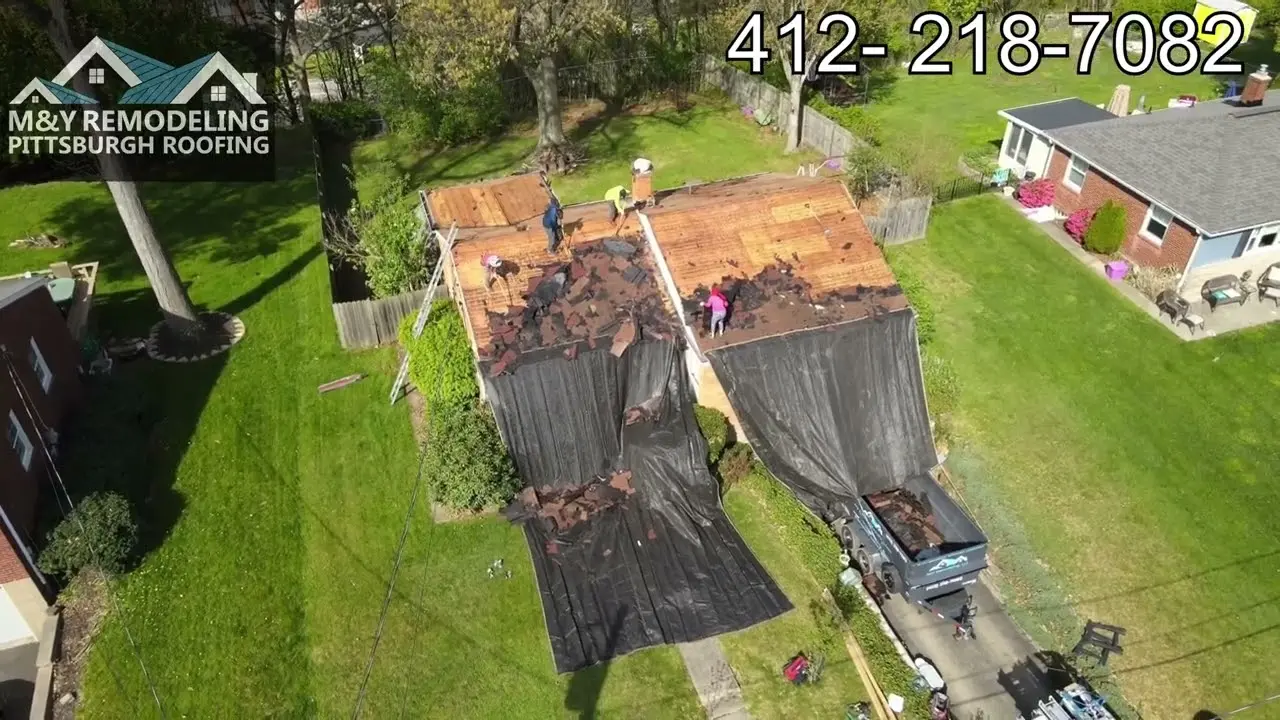
Let’s take a moment to recognize the signs that indicate it’s time to part ways with your outdated roof:
Age
One of the primary factors to consider is the age of your roof. Most roofing materials have an estimated lifespan, and if your roof is nearing or surpassing that timeline, it’s wise to start planning for a replacement. For instance, asphalt shingles typically last around 20-25 years, while metal roofs can endure for 40-70 years. If your roof falls within these age ranges or exceeds them, it’s likely due for an upgrade.
Damaged Shingles
Take a close look at your roof’s shingles. Are they cracked, curled, or missing altogether? Damaged shingles not only compromise the visual appeal of your home but also leave your roof vulnerable to leaks and further deterioration. If you notice a significant number of damaged shingles, it’s a clear indication that a roof replacement is in order.
Leaks & Water Damage
Water intrusion is a serious issue that demands immediate attention. If you notice water stains on your ceiling, damp spots on your walls, or water dripping into your home during rainfall, it’s a strong indication of roof damage. Leaks can lead to extensive structural damage, mold growth, and even compromise the safety of your living space. Addressing these issues promptly with a roof replacement is crucial to maintain a healthy and secure home.
Sagging Roof
A sagging roof is a severe problem that should not be ignored. It suggests a structural issue, such as weakening supports or underlying damage. If you observe your roof’s surface sagging or notice visible depressions, it’s imperative to consult a professional roofer. They can assess the extent of the damage and recommend the appropriate steps, which may involve complete roof replacement.
Granule Loss
Inspect your gutters and downspouts for an excessive accumulation of granules. Asphalt shingles often shed granules as they age, indicating their deteriorating condition. If you find an excessive amount of granules, it may signify that your shingles are nearing the end of their lifespan and should be replaced to maintain the roof’s integrity.
Mold & Rot
Mold, typically appearing as black or green patches, thrives in damp and humid environments. If you notice mold growth on your roof, particularly in areas where moisture tends to accumulate, it’s a sign of underlying problems.
Rot, on the other hand, occurs when organic materials in your roof, such as wood decking or supports, start to decay due to moisture infiltration.
A common problem stemming from dark patches within concentrated areas may indicate the presence of algae, moss, or fungi growth.
Preserving the Roof Over Your Head: The Importance of Roof Replacement
Although you’ve learned the general guidelines on the frequency of roof replacement can span between 12 to up to 50+ years – ultimately – it all is based on the actual lifespan of various roofing materials.
In conclusion, you must remember that there are additional elements involved in how often should you replace your roof, and they are:
- Climate
- Maintenance
- And the Overall Condition of Your Roof
Remember that regular inspections, proactive maintenance, and prompt attention to warning signs are key to ensuring the longevity and functionality of your roof.
Ensure longevity and peace of mind when it comes to roof replacement. Contact MY PITTSBURGH ROOFING today! 412-218-7082.

